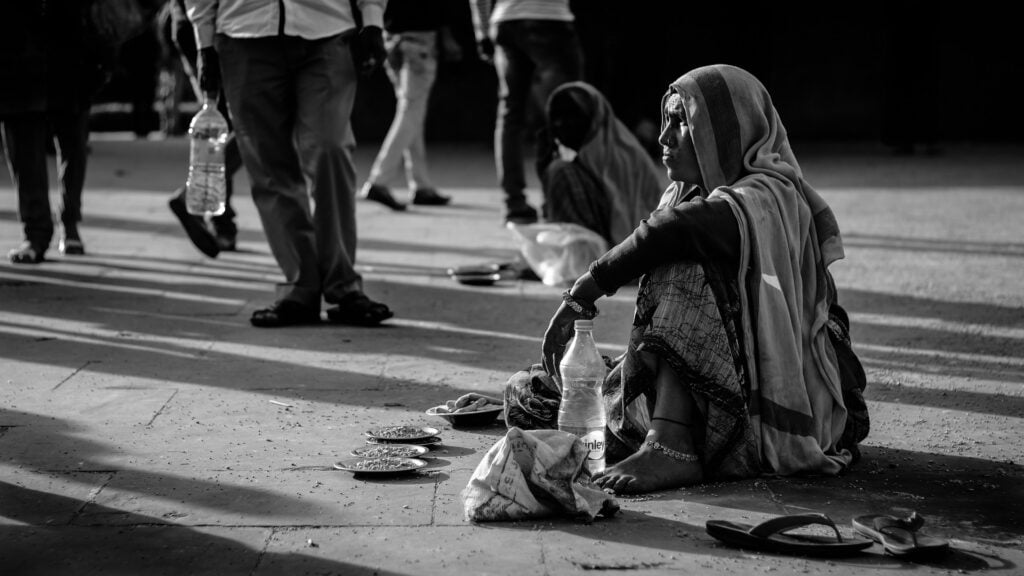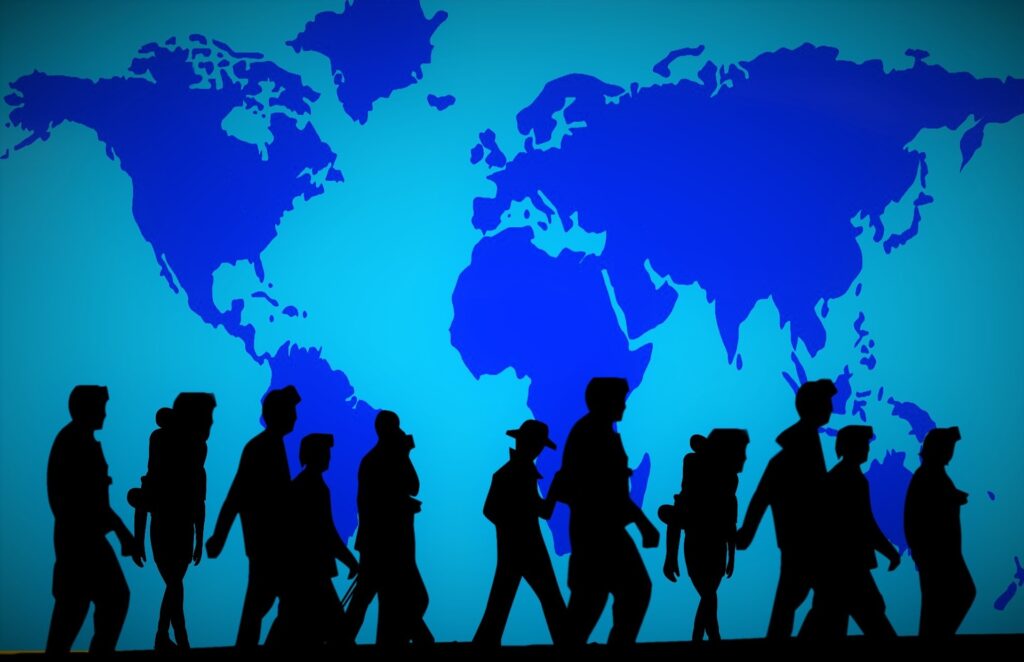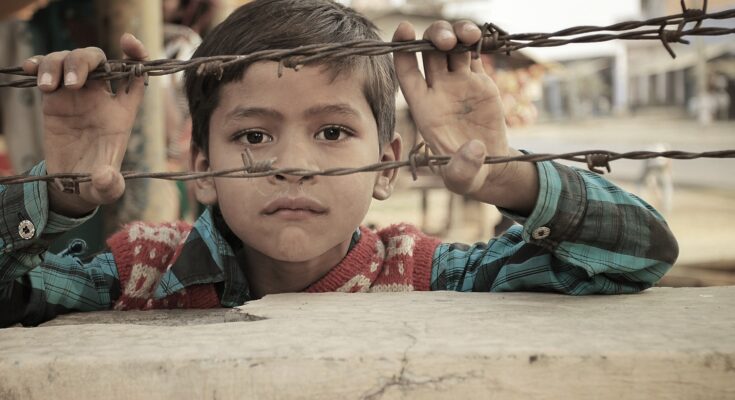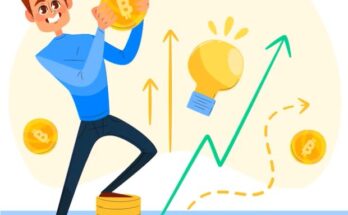The poverty line in India is calculated based on the consumption expenditure of households. The government uses data from the National Sample Survey (NSS) to estimate the poverty line. The NSS conducts surveys across the country to gather information on household consumption, income, and expenditure. Based on this data, the government determines the minimum consumption expenditure required to meet basic needs and considers households that fall below this threshold as living below the poverty line.
However, the methodology used to estimate the poverty line in India has been subject to criticism and debate. Some experts argue that the current poverty line is too low and does not accurately reflect the true extent of poverty in the country. Others argue that the methodology used to estimate poverty does not take into account factors such as health and education, which are also important indicators of poverty.
By understanding how the poverty line is estimated, we can gain insight into the extent of poverty in the country and develop policies to address this critical issue.
Historical Background
The history of poverty estimation in India dates back to the early 1960s when the Planning Commission of India first introduced the concept of the poverty line. The commission’s aim was to estimate the number of people living in poverty and to allocate resources to address the issue. Initially, the poverty line was determined based on the calorie intake required to meet the basic needs of an individual.
Over time, the poverty estimation methodology in India evolved to include other factors such as non-food expenditure, regional variations in prices, and different consumption patterns across states. In the early 1970s, the government shifted its focus from a calorie-based approach to a consumption-based approach. The poverty line was then estimated based on the consumption expenditure of households.
In 1993, the Planning Commission introduced the Tendulkar Committee, which recommended a new methodology for estimating poverty in India. The committee suggested that the poverty line should be based on a basket of goods and services that includes food, clothing, shelter, and education and healthcare expenses. The Tendulkar Committee’s methodology also took into account the nutritional requirements of an individual and the cost of non-food items such as fuel, lighting, and transport.

However, the Tendulkar Committee’s recommendations were also subject to criticism. Some experts argued that the new poverty line was still too low and did not accurately reflect the true extent of poverty in the country. In 2011, the government appointed a new committee, the Rangarajan Committee, to review the methodology used to estimate the poverty line. The Rangarajan Committee recommended a new poverty line that was 50% higher than the Tendulkar poverty line.
Current Poverty Line
The latest poverty line was released in 2013 and is commonly referred to as the Tendulkar poverty line, named after the economist Suresh Tendulkar who chaired the committee that recommended the current methodology for poverty estimation in India.
The Tendulkar poverty line is based on a basket of goods and services required for an individual to meet their basic needs. This basket includes food, clothing, housing, and education and healthcare expenses. The poverty line is determined by calculating the cost of the basket of goods and services and adjusting for inflation.
Poverty Line vs Actual Poverty
As a result, there is often a discrepancy between the poverty line and actual poverty in India. While the poverty line may suggest that poverty levels are low, the reality is that many people still live in poverty. This discrepancy is often referred to as poverty gap, which is the difference between the poverty line and the actual income of those living in poverty.
One reason for the poverty gap is that the poverty line is based on average consumption patterns and may not accurately reflect the consumption patterns of the poor. For example, the poverty line assumes that a household spends a certain percentage of their income on food, but in reality, many households spend a much larger percentage on food due to the high cost of other essential items such as housing and healthcare.
Another reason for the poverty gap is the failure of government programs and policies to effectively address poverty. Despite the government’s efforts to reduce poverty, many of its programs and policies have been criticized for being ineffective and inefficient. For example, subsidies for food and fuel often do not reach the intended beneficiaries and are subject to corruption and mismanagement.
Criticisms of Poverty Estimation Methods
The methodology used to estimate poverty in India has been subject to criticism and debate for many years. There are several criticisms of poverty estimation methods that have been put forward by experts and policymakers. One of the primary criticisms is that the poverty line is too low and does not accurately reflect the true extent of poverty in the country.
Another criticism is that the poverty line does not take into account the cost of non-food items such as healthcare, education, and housing, which are essential for a decent standard of living. Many argue that the poverty line should be based on a basket of goods and services that reflects the minimum requirements for a decent standard of living, rather than just food consumption.
There are also concerns about the accuracy of the data used to estimate poverty in India. Data collection and analysis are often incomplete, inaccurate, or unreliable, which can lead to inaccurate estimates of poverty. This is particularly true in rural and remote areas of the country where data collection is often more challenging.
Finally, there are concerns about the political influence on poverty estimation methods. Some experts argue that poverty estimates are often influenced by political considerations rather than by objective analysis and data.
Poverty Estimation Methods
Estimating poverty in India is a complex and challenging task, and several methods have been developed to measure poverty over the years. The most commonly used method is the consumption-based approach, which estimates poverty based on the level of consumption expenditure by households.
It involves estimating the income required to purchase a certain basket of goods and services that is considered essential for a minimum standard of living. The poverty line is then set as the income level below which a household cannot afford to purchase this basket of goods and services.
Another procedure to estimating poverty is the asset-based approach, which takes into account the assets owned by households, such as land, livestock, and housing. This approach is often used in rural areas, where assets are a better indicator of wealth than income.
The multidimensional approach to poverty estimation takes into account various dimensions of poverty, including health, education, and standard of living. This approach is often used to identify the most disadvantaged and vulnerable groups in society.
Regional Differences in Poverty
Poverty in India is not evenly distributed, and there are significant differences in poverty rates and patterns between different regions of the country.
One of the main factors is economic development. States and regions with a higher level of economic development tend to have lower poverty rates, while those with lower economic development tend to have higher poverty rates. For example, the states of Maharashtra and Tamil Nadu, which are more economically developed, have lower poverty rates than states like Bihar and Uttar Pradesh, which are less economically developed.
Another factor is access to basic services such as education, healthcare, and infrastructure. States and regions with better access to these services tend to have lower poverty rates than those with poor access. This is particularly true in rural areas, where access to basic services can be limited.

Climate and geography also play a role in regional differences in poverty. Regions prone to natural disasters, such as floods and droughts, are more likely to experience higher poverty rates due to the impact of these disasters on agriculture and livelihoods. For example, the eastern states of India are more prone to floods, while the arid regions of the country are more prone to droughts, both of which can have a significant impact on poverty.
Finally, cultural and social factors can also contribute to regional differences in poverty. Social exclusion, discrimination, and gender inequality are particularly prevalent in certain regions of the country and can contribute to higher poverty rates among marginalized groups.
Impact of Poverty on Society
Poverty has a far-reaching impact on society, affecting not just individuals and families but also the wider community and economy. The consequences of poverty can be both immediate and long-lasting, affecting not just the present but also future generations.
Poor households are more likely to experience malnutrition, lack of access to healthcare, and higher rates of disease and illness. Poverty also contributes to poor mental health and can lead to increased stress, anxiety, and depression.
Education is another area where poverty has a significant impact. Children from poor households are more likely to drop out of school, and those who do attend school may struggle to perform well due to lack of resources and support at home. This can lead to a cycle of poverty, where poor educational outcomes limit future job prospects and economic opportunities.
It also has a significant impact on the economy, particularly in developing countries like India. Poor households have limited purchasing power and are less able to participate in the economy, leading to lower demand for goods and services and reduced economic growth. Poverty also contributes to social unrest and can lead to conflict and political instability.

The impact of poverty is not limited to the poor themselves but also affects the wider community. It can lead to social exclusion, discrimination, and stigmatization, which can have a long-lasting impact on individuals and communities. Poverty also contributes to crime and violence, particularly in urban areas where access to resources and opportunities is limited.
Reducing poverty is therefore not just a moral imperative but also an economic and social necessity. Investing in education, healthcare, and social protection can help to reduce poverty and improve the standard of living for all members of society. Addressing the root causes of poverty, such as inequality and lack of economic opportunities, is also essential to reduce poverty in the long term and create a more just and equitable society.
Government Initiatives to Reduce Poverty
The Indian government has taken several initiatives to reduce poverty and improve the standard of living for its citizens. These initiatives are aimed at reducing poverty through a combination of economic and social policies, and they target both rural and urban areas.
First government initiatives to reduce poverty in India is the Mahatma Gandhi National Rural Employment Guarantee Act (MGNREGA), which guarantees 100 days of paid employment to every rural household in the country. The program has been successful in creating employment opportunities for millions of rural households and has helped to reduce poverty and improve the standard of living for the rural poor.
The government has also launched several schemes aimed at providing financial support to poor households. The Pradhan Mantri Jan Dhan Yojana (PMJDY) is one such scheme, which aims to provide basic banking services to every household in the country, particularly those in rural areas. The scheme has been successful in increasing access to financial services and reducing poverty among the poor.
The government has also launched several programs aimed at providing basic services such as healthcare, education, and sanitation to poor households. The Swachh Bharat Abhiyan, which aims to provide access to clean water and sanitation facilities to all households in the country, is one such program. The program has been successful in reducing open defecation and improving sanitation in rural areas.




